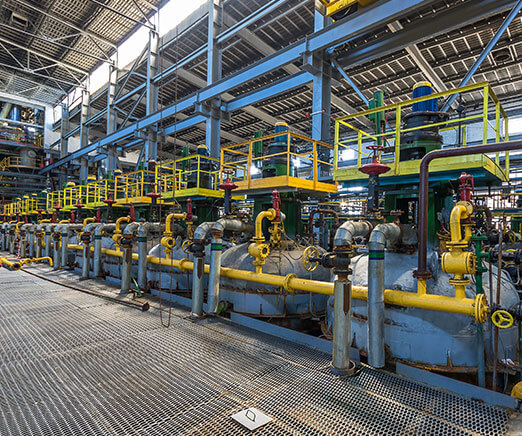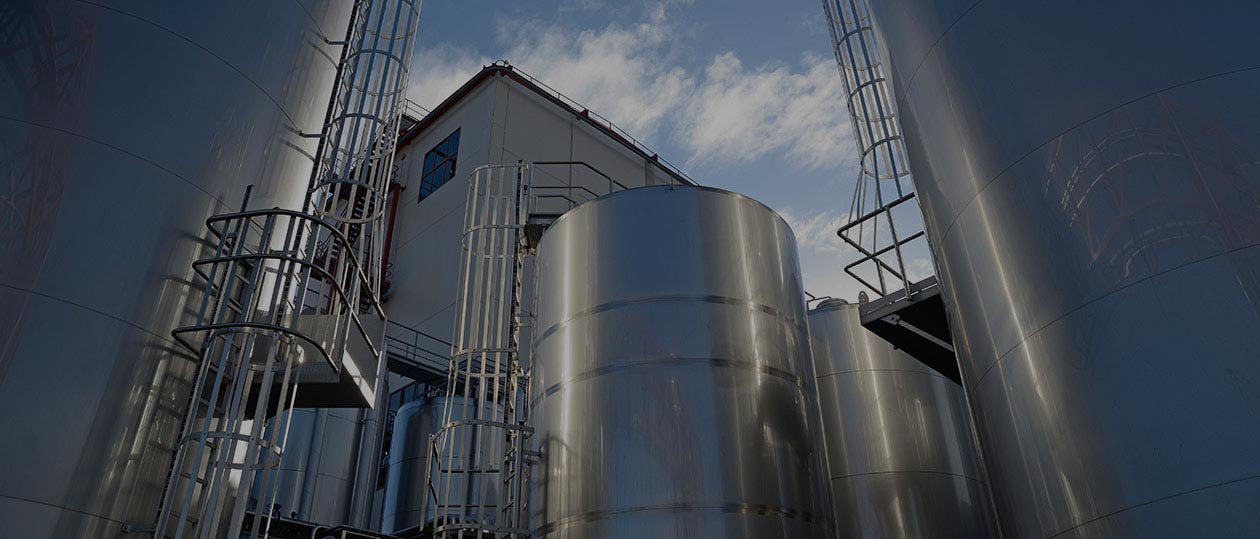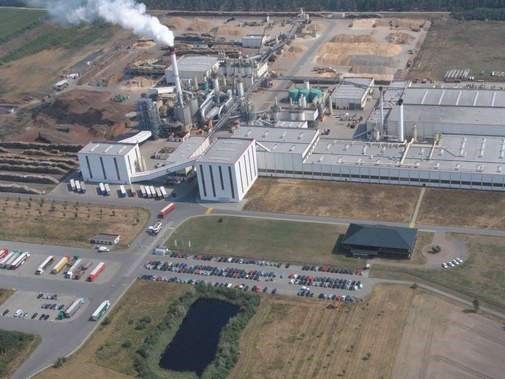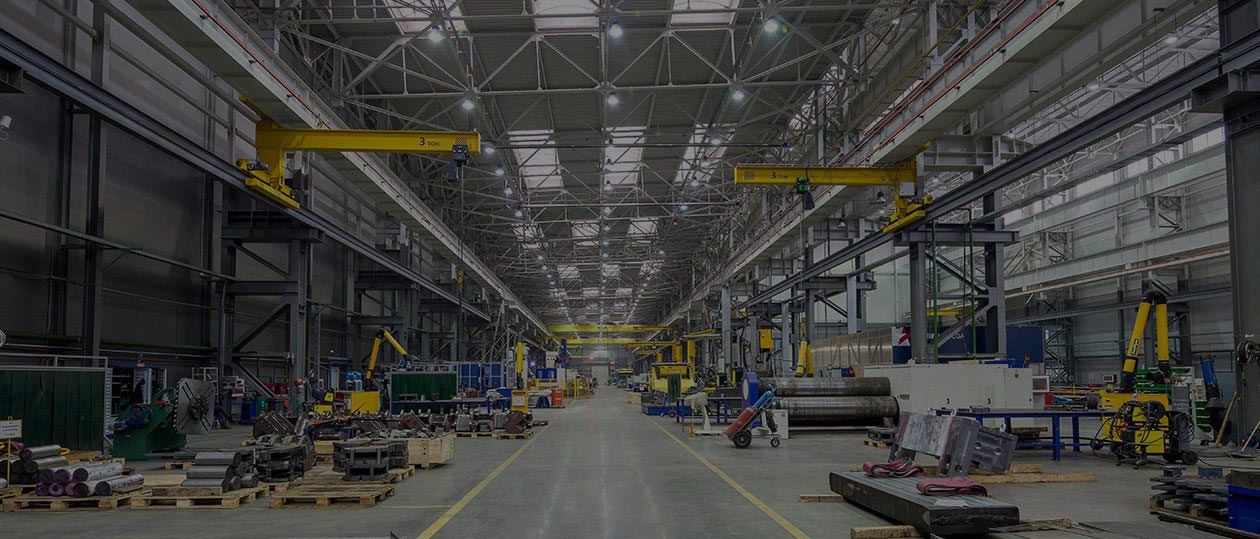Search
Flammable Vapor Fire & Explosion in Wisconsin- OSHA Investigating

March 2011
Workplace safety practices reviewed
Stonehouse Process Safety commentary: Highly flammable chemicals are in widespread use in many process industries. For as long as these materials have been in use they have been the fuel for numerous fires and explosions with a devastating loss of life, injuries, and environmental and property damage. A low energy ignition source is often more than capable of igniting flammable vapor and gas atmospheres. Common ignition sources include electrostatic discharges, frictional sparks, and electrical arcs and sparks. Safety from fires and explosions could be based on avoidance of flammable atmospheres, controlling ignition sources, or explosion protection. It is often possible to achieve an effective and practical method for ensuring safety based on the specifics of the process and pertinent properties of the chemicals.
The following text by MARTIN FINUCANE, Boston Globe [[email protected]] has been redacted to remove company names.
“Federal investigators are looking at workplace safety issues at a manufacturing plant in Middleton where a chemical explosion Sunday injured four workers.
State Fire Marshal Stephen D. Coan said his office and local fire officials were investigating the cause of the fire, while investigators from the US Occupational Safety and Health Administration officials are reviewing workplace safety.
He said investigators continued to examine the scene, interviewing witnesses, and learning more about the chemical processes that were used in the building.
“Investigators continued to conduct interviews and their forensic scene examination today, both of which were very helpful,’’ said Jennifer Mieth, a spokeswoman for Coan’s office. “They are still working to determine the ignition source and which of the many possible flammable materials were involved in the explosion.’’
In an interview, Coan said yesterday that the chemical nature of the fire demands a more complicated and delicate investigation.
A chemical engineer and explosives expert may be called in to consult.
“It’s not like a regular fire, where you look for the burn pattern and determine the cause,’’ Coan said. “We have a good-sized team out there, and it could take several days.’’
Officials said Monday that they had found no air quality concerns following the explosion, and no evidence of pollution from chemical runoff in the nearby Ipswich River.
“Air quality sampling and monitoring processes were immediately deployed, and they indicated there were no imminent air quality concerns,’’ officials for the company, which operates the plant, said in a statement. “No evacuation of residents in the area was required nor is any future evacuation action anticipated. Monitoring of both the Ipswich River and air quality around the plant is ongoing, as a precautionary measure.’’
The three men and a woman who were hospitalized after the explosion shortly after 7:30 p.m. Sunday were released on Monday.
Coan has said the blast was particularly worrisome in light of other chemical explosions that have occurred in the past six years, including those in Leominster in 2005 and Danvers in 2006.

Get in touch
To learn more about our expertise and services in dust explosion prevention & mitigation, call us at +1 609 455 0001 or email us at [email protected] today.
We also offer tailored virtual and in-company process safety training programs on Dust Explosions, Static Electricity and HAC (Hazardous Area Classification) and more. Find further information here.
We use cookies to help us enhance your experience on our website. By clicking “Accept,” you consent to our use of cookies. Read our Privacy Policy for more.












